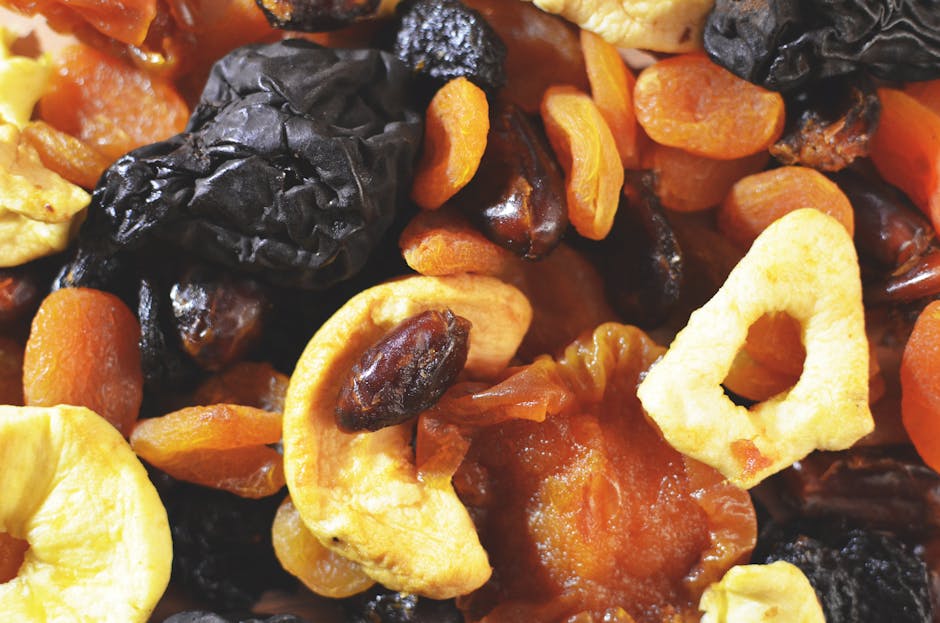Seasonal Treats: Explore Natures Best Flavors
Have you ever wondered why strawberries taste sweeter in summer or why pumpkins are so popular in fall? Nature gives us a variety of flavors that change with the seasons. Eating food that’s in season not only boosts your taste buds but also supports local farmers and the environment. Lets dive into the delicious world of seasonal treats!
What Are Seasonal Foods?

Seasonal foods are fruits and vegetables that are harvested at their peak time. This means they are fresh, flavorful, and often more affordable. For example, apples are in season during the fall, while tomatoes shine in the summer. Eating these foods when they are in season allows you to enjoy their best flavors.
So, why should you care about seasonal eating? First, it’s better for your health. Seasonal foods are often more nutritious. They haven’t traveled far, so they retain more vitamins and minerals. Plus, they support local farmers and reduce your carbon footprint.
How Do Seasons Impact Flavor?

The time of year affects the way plants grow. Temperature, sunlight, and rainfall all play a role. For instance, summer heat helps fruits like peaches and berries develop their sweetness. In contrast, cooler fall temperatures help root vegetables like carrots and beets grow denser and richer in flavor.
Heres a quick breakdown:
- Winter: Think hearty greens and citrus fruits.
- Spring: Look for tender greens, peas, and strawberries.
- Summer: Enjoy berries, tomatoes, and corn.
- Fall: Relish pumpkins, apples, and squash.
What Are the Health Benefits of Eating Seasonal Treats?

Choosing seasonal foods can be a game changer for your health. Here are some major benefits:
- More Nutrients: Freshly harvested foods are packed with vitamins.
- Better Taste: Seasonal foods are often at their peak flavor.
- Supports Local Farms: Buying local helps your community.
- Eco-Friendly: Less transportation means a smaller carbon footprint.
Research shows that consuming seasonal produce can lead to better health outcomes. According to a study by the National Center for Biotechnology Information, a diet rich in fruits and vegetables can lower the risk of chronic diseases.
What Are Some Popular Seasonal Treats?

Now that you know the benefits, lets explore some popular seasonal treats! Heres what to look for each season:
Spring: Fresh and Bright
In spring, everything feels new and fresh. This is the time for:
- Asparagus: Tender stalks that taste great grilled or roasted.
- Strawberries: Juicy and perfect for desserts or salads.
- Peas: Sweet and crunchy, they make a great snack.
Summer: Bursting with Flavor
Summer brings a bounty of sweet, colorful foods. Enjoy:
- Tomatoes: Garden-fresh tomatoes are juicy and flavorful.
- Berries: Blueberries, raspberries, and blackberries are perfect for snacking.
- Peaches: These are sweet and fragrant, great for pies or just eating fresh.
Fall: Cozy and Comforting
Fall is all about warmth and comfort. Indulge in:
- Pumpkins: Perfect for pies, soups, or roasted seeds.
- Apples: Great for baking, snacking, or making cider.
- Squash: Varieties like butternut and acorn squash add richness to meals.
Winter: Nourishing and Hearty
In winter, when fresh options are limited, enjoy hearty foods like:
- Root Vegetables: Carrots, potatoes, and beets are filling and nutritious.
- Citrus Fruits: Oranges, grapefruits, and lemons are bright and refreshing.
- Winter Greens: Kale and Swiss chard are hearty and versatile.
How Can You Incorporate Seasonal Foods into Your Diet?
Incorporating seasonal foods into your meals is easier than you think! Here are some simple tips:
- Visit Local Farmers Markets: These markets often showcase the best seasonal produce.
- Join a CSA: Community Supported Agriculture programs deliver fresh produce to your door.
- Plan Meals Around Seasonal Ingredients: Create your weekly menu based on what’s in season.
- Experiment with Cooking: Try new recipes that highlight seasonal flavors.
Cooking with seasonal ingredients can be a fun adventure. You might discover new favorite dishes!
What Are Some Easy Seasonal Recipes?
Ready to cook? Here are a couple of simple recipes featuring seasonal ingredients:
Summer Berry Salad
Mix fresh berries with leafy greens. Add some feta cheese and a drizzle of balsamic vinaigrette for a refreshing salad.
Fall Pumpkin Soup
Roast pumpkin chunks until tender. Blend them with vegetable broth, spices, and a splash of cream. Enjoy a warm bowl of comfort on chilly days!
What Are Common Misconceptions About Seasonal Eating?
Many people have misconceptions about seasonal eating. Here are a few myths debunked:
- it’s Too Complicated: Seasonal eating is simple! Just choose what’s fresh.
- it’s Expensive: Seasonal foods are often cheaper, especially if you buy local.
- Only for Gourmet Chefs: You don’t need to be a chef. Simple recipes let the ingredients shine.
How Can You Stay Informed About Seasonal Foods?
Staying updated on seasonal foods is easy. Here are ways to keep informed:
- Follow Food Blogs: Many blogs focus on seasonal recipes and tips.
- Check Out Seasonal Guides: Websites and apps often list what’s in season.
- Join Cooking Classes: Many local chefs teach seasonal cooking techniques.
Knowledge is power. The more you know, the more you can enjoy natures best flavors!
What Are Your Takeaways for Seasonal Treats?
Embracing seasonal foods can be rewarding. Youll enjoy fresh flavors, improve your health, and support local farmers. Whether you’re picking berries in summer or savoring squash in fall, seasonal eating offers a delicious way to connect with nature.
So next time you shop, think seasonal. Your taste budsand the planetwill thank you!
Ready to dive deeper into seasonal cooking? Check out our post on Seasonal Cooking Tips for more inspiration!



